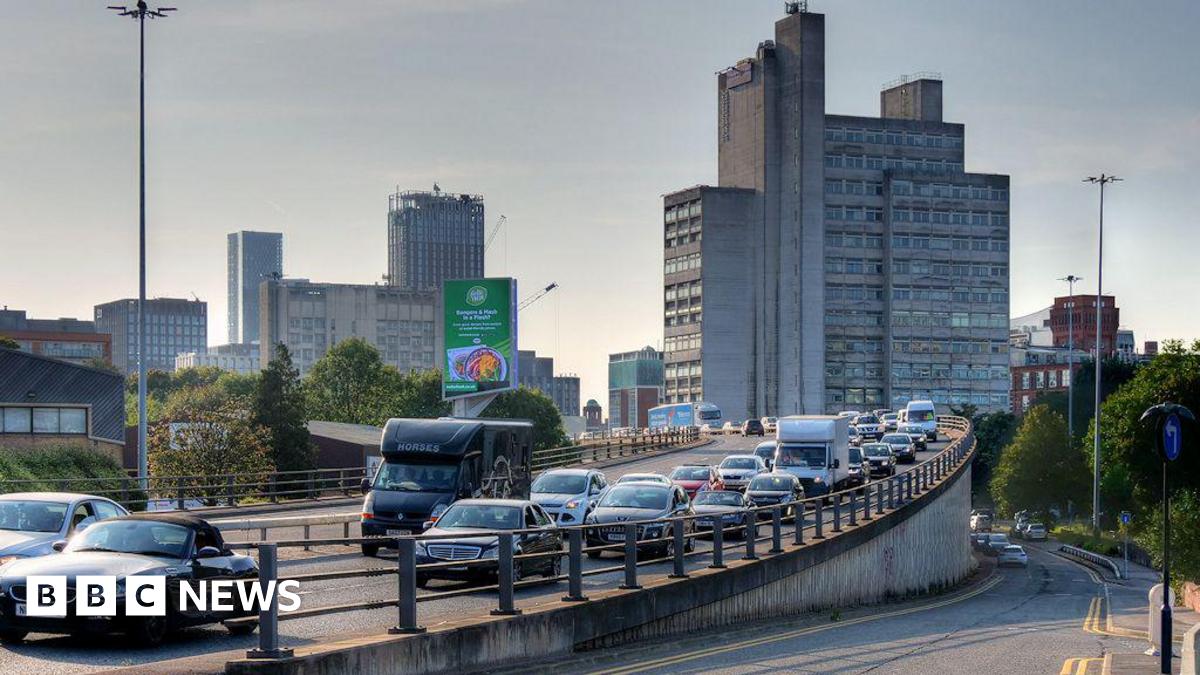
Importance of Traffic Management
Traffic congestion has become a pressing issue in cities around the world, impacting daily commutes, emissions, and overall quality of life. As urban populations grow, the effectiveness of traffic management systems becomes critical in maintaining smooth and safe transport flows.
Current Developments in Traffic Solutions
Recent advancements in technology are reshaping how cities approach traffic management. Smart traffic signals, which adapt to real-time traffic conditions by using data from sensors and cameras, are being implemented in cities like London and Manchester. These systems aim to reduce congestion and improve travel times, with reports indicating a potential reduction in delays by up to 30%.
Moreover, cities are increasingly adopting traffic simulation software that allows planners to model different scenarios and predict the effects of changes in traffic flow. For instance, a recent study commissioned by Transport for London has shown how virtual simulations can help in designing more efficient road layouts, leading to fewer bottlenecks and smoother journeys.
Increased Focus on Sustainable Solutions
As we tackle traffic congestion, there is also a growing emphasis on sustainable transport solutions. Public transport initiatives are expanding, with cities investing in and promoting cycling, walking, and electric buses. The UK Government’s push for cleaner transport options reflects a broader commitment to reducing carbon footprints and improving air quality. Consequently, integrated transport solutions that combine travel by foot, bike, and public transport are gaining traction.
Challenges Ahead
Despite these advancements, challenges remain. The COVID-19 pandemic has altered travel behaviours, with many now opting for remote work or flexible hours, leading to fluctuating traffic patterns. City planners must adapt to these changes while continuing to prioritise safety and efficiency. Furthermore, issues relating to funding and public buy-in for new technologies also pose significant hurdles.
Conclusion
In conclusion, effective traffic management is essential for the sustainability and functionality of urban environments. Thanks to innovative technologies and a focus on sustainable alternatives, cities can navigate the complex challenges of modern traffic systems. The path forward will require collaboration among policymakers, citizens, and technology providers to create urban areas that are not only efficient but also conducive to the residents’ well-being. As such, ongoing developments in traffic management could play a vital role in shaping the cities of tomorrow.
You may also like

The Growth and Development of Stevenage

Understanding Boomtowns and Their Impact on Urban Areas
